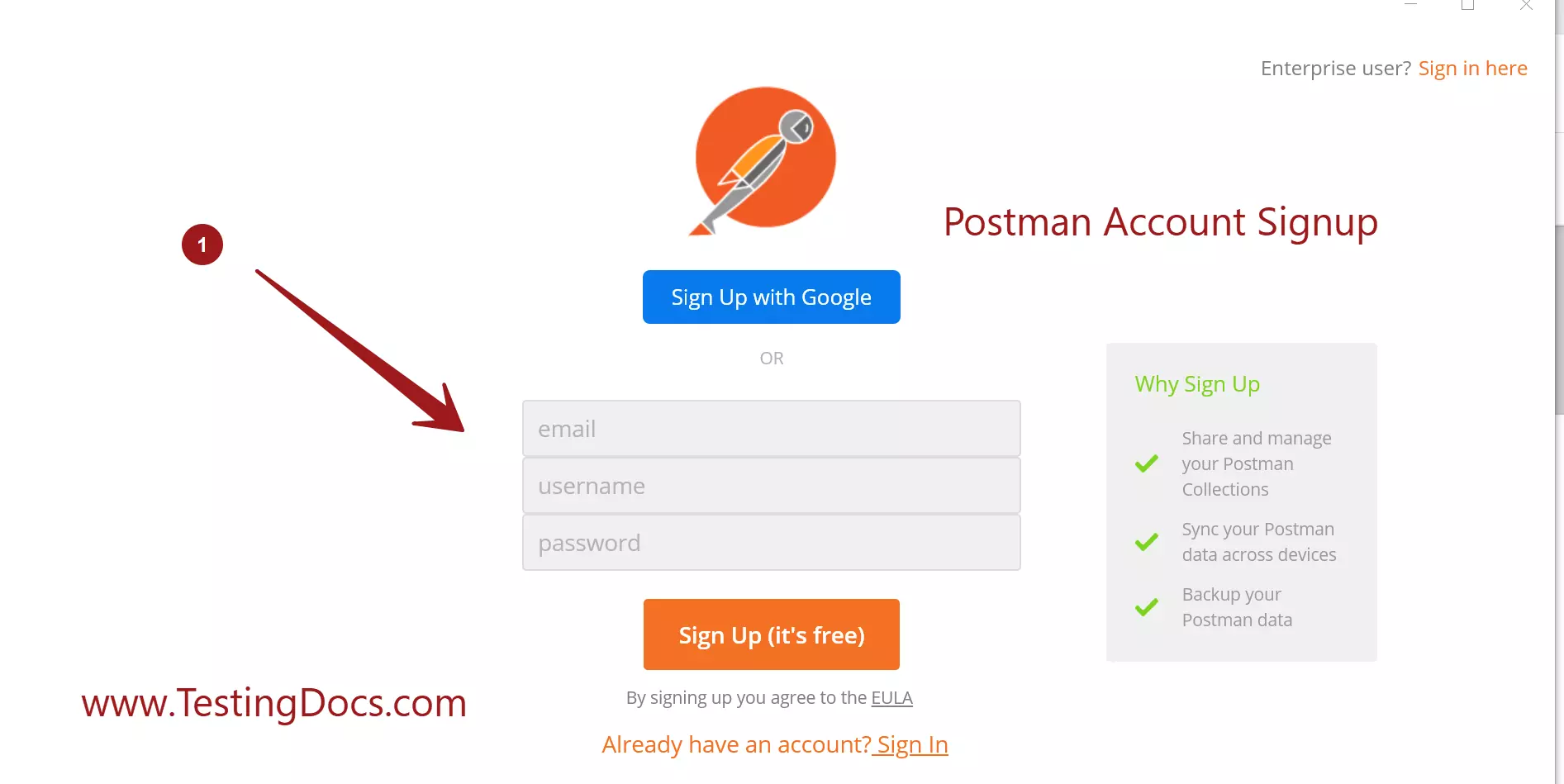

- #Sign out of postman app update#
- #Sign out of postman app password#
- #Sign out of postman app download#
Select Add user, then select Users and groups in the Add Assignment dialog.In the app's overview page, find the Manage section and select Users and groups.In the applications list, select Postman.In the Azure portal, select Enterprise Applications, and then select All applications.In this section, you'll enable B.Simon to use Azure single sign-on by granting access to Postman.
#Sign out of postman app password#
#Sign out of postman app download#
On the Set up single sign-on with SAML page, in the SAML Signing Certificate section, find Federation Metadata XML and select Download to download the certificate and save it on your computer. For that you can use user.mail attribute from the list or use the appropriate attribute value based on your organization configuration. The default value of Unique User Identifier is erprincipalname but Postman expects this to be mapped with the user's email address. The following screenshot shows an example for this. Your Postman application expects the SAML assertions in a specific format, which requires you to add custom attribute mappings to your SAML token attributes configuration. You can also refer to the patterns shown in the Basic SAML Configuration section in the Azure portal. Contact Postman Client support team to get these values.
#Sign out of postman app update#
Update these values with the actual Reply URL and Sign-on URL.

In the Sign-on URL text box, type a URL using the following pattern: In the Reply URL text box, type a URL using the following pattern:Ĭlick Set additional URLs and perform the following step if you wish to configure the application in SP initiated mode: On the Basic SAML Configuration section, if you wish to configure the application in IDP initiated mode, perform the following step: On the Set up single sign-on with SAML page, click the pencil icon for Basic SAML Configuration to edit the settings. On the Select a single sign-on method page, select SAML. In the Azure portal, on the Postman application integration page, find the Manage section and select single sign-on. Test SSO - to verify whether the configuration works.įollow these steps to enable Azure AD SSO in the Azure portal.Create Postman test user - to have a counterpart of B.Simon in Postman that is linked to the Azure AD representation of user.Configure Postman SSO - to configure the single sign-on settings on application side.Assign the Azure AD test user - to enable B.Simon to use Azure AD single sign-on.Create an Azure AD test user - to test Azure AD single sign-on with B.Simon.Configure Azure AD SSO - to enable your users to use this feature.To configure and test Azure AD SSO with Postman, perform the following steps:

For SSO to work, you need to establish a link relationship between an Azure AD user and the related user in Postman. Configure and test Azure AD SSO for PostmanĬonfigure and test Azure AD SSO with Postman using a test user called B.Simon. In this wizard, you can add an application to your tenant, add users/groups to the app, assign roles, as well as walk through the SSO configuration as well.

Wait a few seconds while the app is added to your tenant.Īlternatively, you can also use the Enterprise App Configuration Wizard. Select Postman from results panel and then add the app.In the Add from the gallery section, type Postman in the search box.To add new application, select New application.Navigate to Enterprise Applications and then select All Applications.On the left navigation pane, select the Azure Active Directory service.Sign in to the Azure portal using either a work or school account, or a personal Microsoft account.To configure the integration of Postman into Azure AD, you need to add Postman from the gallery to your list of managed SaaS apps. Identifier of this application is a fixed string value so only one instance can be configured in one tenant.


 0 kommentar(er)
0 kommentar(er)
